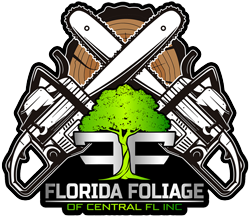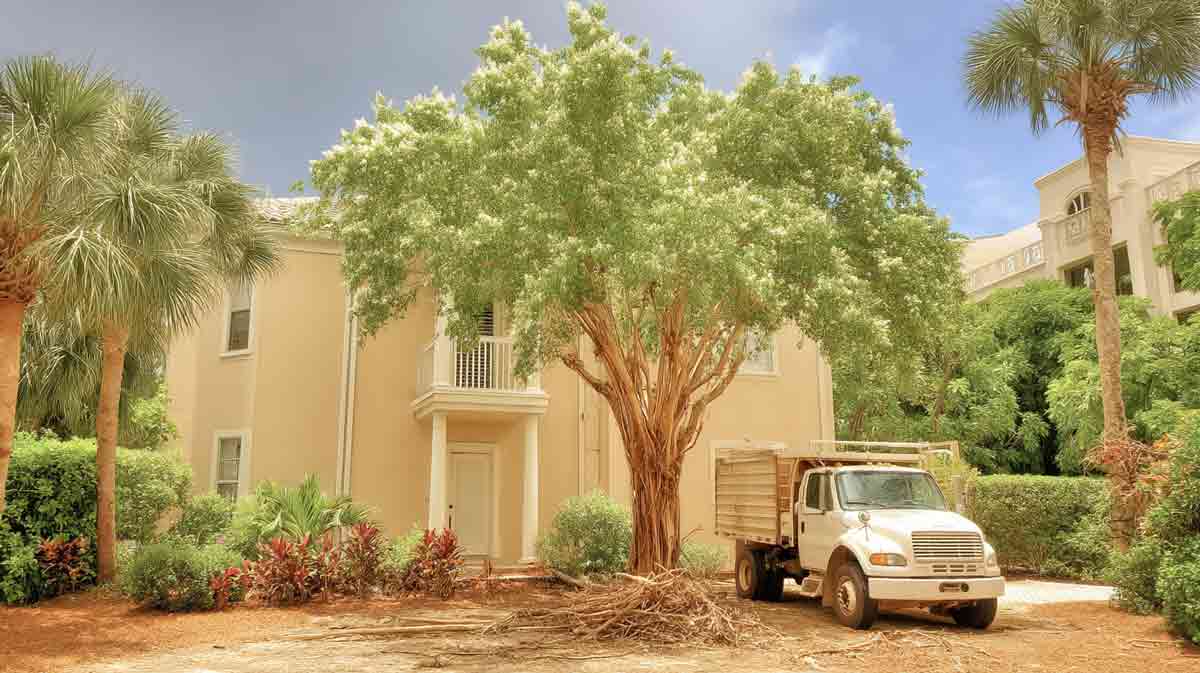Orlando, FL Tree Removal for Spring
Orlando FL tree removal for spring is an important part of seasonal renewal, helping maintain safety and enhance the beauty of residential and commercial properties during this time of growth in Central Florida. Tree removal during this season is essential for maintaining healthy ecosystems and preventing potential hazards. This article explores the key aspects of tree removal in Orlando with a guide on understanding local regulations, assessing removal needs, choosing the right service provider, and executing a safe and efficient removal process.
Understanding Tree Removal Regulations in Orlando, FL
In Orlando, tree removal is subject to specific regulations designed to preserve the region’s natural beauty and ecological balance. Residents and property owners must adhere to these guidelines to avoid penalties and ensure that tree removal is conducted legally and sustainably. The city requires permits for removing certain tree species and sizes, particularly those considered heritage or protected trees. Obtaining a permit involves submitting a detailed application that outlines the purpose of removal and may require a site inspection by city officials. Familiarizing yourself with these regulations is crucial for a smooth tree removal process.
Property owners must also recognize the importance of consulting with local authorities before initiating any tree removal activities. The Orlando City Government provides resources and information on tree protection ordinances, which aim to safeguard trees that contribute significantly to the environment and community aesthetics. Understanding these guidelines helps property owners make informed decisions about which trees can be removed and which must remain protected. Additionally, compliance with these regulations demonstrates a commitment to environmental conservation and supports the city’s efforts to maintain its green spaces.
For those unfamiliar with the regulatory landscape, partnering with professional tree service providers can simplify the process. Experienced companies are well-versed in local ordinances and can assist with acquiring the necessary permits. By ensuring compliance, these professionals help property owners avoid potential fines and legal issues. Their expertise not only facilitates adherence to regulations but also promotes responsible tree management practices that align with community standards and environmental objectives.
Assessing Your Tree Removal Needs for Spring
Determining the need for tree removal during the spring season involves a thorough assessment of your property and its green assets. Factors such as tree health, safety risks, and landscape planning play significant roles in this evaluation. Healthy trees are an asset, while diseased or damaged trees may pose a threat to people and structures. Identifying trees with structural weaknesses, signs of disease, or storm damage is crucial in deciding which trees require removal to prevent accidents or property damage.
Spring is an ideal time to evaluate your trees, as new growth can reveal underlying health issues. Look for symptoms such as discolored leaves, dead branches, or fungal growth, which can indicate health problems. Consulting a certified arborist can provide valuable insights into the condition of your trees and whether removal is necessary. These professionals offer expert recommendations based on a tree’s health, species, and location, ensuring that decisions are made with the environment and property safety in mind.
Beyond immediate health and safety concerns, tree removal decisions should also consider long-term property goals. Whether planning for new construction, landscaping projects, or simply maintaining open spaces for recreational use, understanding how trees fit into your property’s overall design is important. Removing trees that are poorly positioned or interfere with these plans can create opportunities for new growth and enhance the functionality of your outdoor areas. A comprehensive assessment aligns tree removal actions with your property’s broader objectives, ensuring that outdoor spaces are both beautiful and practical.
Choosing the Right Tree Removal Service Provider in Orlando, FL
Selecting a reputable tree removal service provider is a critical step in ensuring safe and efficient tree management. With numerous companies offering tree services in Orlando, conducting thorough research to find a provider that meets your needs is essential. Key considerations include the company’s experience, certifications, insurance coverage, and customer reviews. These factors provide insights into the provider’s reliability, expertise, and commitment to quality service.
Experience is a significant indicator of a company’s capability to handle various tree removal scenarios. Providers with a long-standing presence in the industry are likely to have a proven track record of successful projects. Additionally, verifying that the provider holds necessary certifications, such as those from the International Society of Arboriculture (ISA), can assure you of their technical proficiency and adherence to industry standards. Insurance coverage is another critical aspect, as it protects you from liability in the event of accidents or property damage during the removal process.
Customer feedback and testimonials offer valuable perspectives on the quality of service you can expect. Reviews often highlight the company’s strengths and areas for improvement, guiding your decision-making process. It’s advisable to request estimates from multiple providers to compare pricing, services offered, and timelines. Transparency and clear communication from the outset help establish a trust-based relationship with your chosen provider, ensuring a collaborative approach to addressing your tree removal needs.
Steps for Safe and Efficient Tree Removal Process
Executing a safe and efficient tree removal process requires meticulous planning and adherence to established safety protocols. A professional tree service provider typically begins with a detailed site assessment to identify potential challenges and determine the best approach. This assessment considers factors such as tree size, location, and surrounding structures. Crafting a strategic plan that outlines the removal method, equipment required, and safety measures is crucial to minimizing risks and ensuring a successful outcome.
Safety is paramount throughout the tree removal process. Providers employ a team of trained professionals equipped with the latest tools and protective gear to carry out the task. Techniques such as sectional dismantling, where the tree is removed piece by piece, are often used to ensure precision and reduce the risk of damage to nearby property. Additionally, clear communication among team members and with property owners ensures that everyone is aware of the process and any immediate safety concerns.
Post-removal cleanup is an integral part of the tree removal process. It involves clearing debris, disposing of tree materials, and restoring the site to its original condition. Reputable providers prioritize environmentally responsible disposal methods, such as recycling wood and repurposing mulch. This step not only enhances the appearance of your property but also contributes to environmental sustainability. By following these comprehensive steps, you can achieve a safe and efficient tree removal process that aligns with your property’s needs and regulatory requirements.

